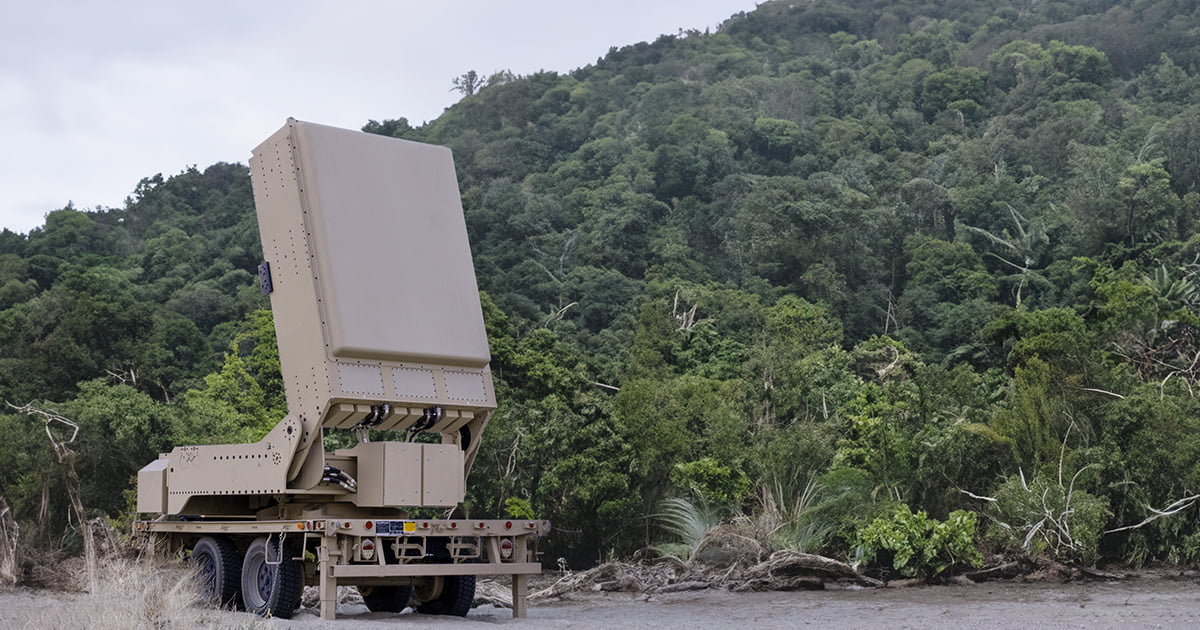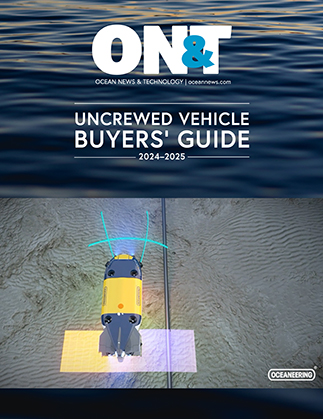The activities, planned and conducted by Naval Surface Warfare Center Port Hueneme’s Office of Technology, will examine the capability of a low-cost, effective and non-lethal option to address the growing threat from seaborne drones. Seaborne drones have recently been used by both state and non-state actors as an offensive military capability.
The Navy’s decision to test Epirus’ HPM technology follows the US Army’s awarding Epirus a $66.1 million contract in support of the Indirect Fire Protection Capability-High-Power Microwave Program (IFPC-HPM).
The company delivered the first of four systems to the Army’s Rapid Capabilities and Critical Technologies Office in November and finalized delivery of all systems in March 2024. The systems will be going through additional Soldier training and engineering developmental testing in April.
“We welcome this opportunity to demonstrate the effectiveness of long-pulse HPM technology in another threat environment. Epirus can defend against a wide range of threats across domains,” said Epirus CEO Andy Lowery. “Our expanded collaboration with the Department of Defense also underscores the growing recognition of the benefits of working with innovative tech companies outside of the traditional defense ecosystem.”
In addition to testing the technology’s ability to temporarily disable outboard motors and small vessels, the exercise will engage stakeholders in port security and critical infrastructure protection to increase awareness and access to counter-vessel capabilities and test its effectiveness when deployed on uncrewed autonomous vessels.
An ANTX-24 program spokesperson said the research exercise is intended to support Naval Innovative Science and Engineering research and accelerate identification, assessment, and implementation of leading-edge technology proposed to address gaps for the US Navy and its interagency partners in port and maritime security.
“ANTX-CT24 will feature technical demonstrations and experiments across a wide variety of technology areas, including unmanned systems countermeasures. We have conducted several HPM experiments in the past, as a method to counter electronic systems and unmanned aircraft swarms, and expect that an assessment of Epirus’ HPM system in a counter-surface vessel role will support the program’s goals effectively,” added Brendan Applegate, NSWC Port Hueneme Lead for Fleet Experimentation and Exercises.
ANTX-CT24 planning and execution milestones can be found on their website.

